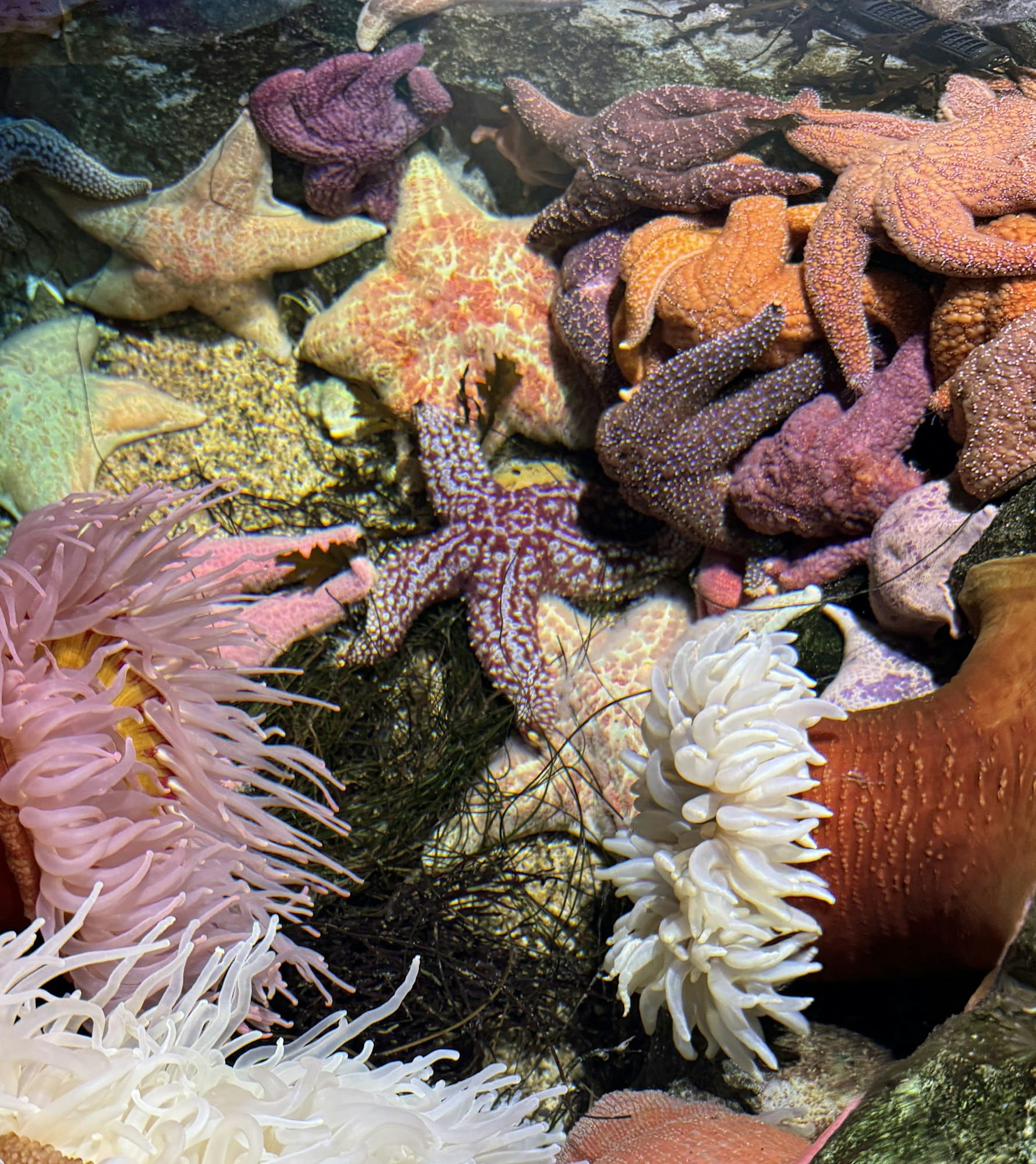How to design real estate projects that support biodiversity while meeting urban density requirements?

The question resonates in boardrooms, city council meetings, and community gatherings, as urbanites strive to reconcile their need for development with a growing appreciation for nature. How, exactly, can we design real estate projects that support biodiversity, while simultaneously meeting urban density requirements? It’s a complex task, but not an impossible one. Through careful planning and a commitment to green design principles, it’s entirely possible to create urban spaces that are both livable and life-sustaining. Let’s delve into the details.
The Role of Sustainable Urban Design
Urbanisation is often seen as the antithesis of nature, transforming green spaces into concrete jungles. This perception, however, doesn’t have to be a reality. The field of sustainable urban design aims to create cities that not only accommodate human needs but also respect and support the natural world.
In parallel : What are the best practices for minimizing light pollution in urban real estate developments?
Sustainable urban design is not a new concept. Scholars have been promoting green urbanism for many years, arguing that cities can become thriving ecosystems if we integrate biodiversity into development plans. The key is to think of urban areas not as separate from nature, but as part of a larger ecological system. This means incorporating elements of the natural environment into the urban fabric, creating a blend of built and natural features.
Conservation of natural resources is a fundamental component of sustainable urban design. This includes preserving existing green spaces, but also creating new ones. Green roofs, vertical gardens, and street trees are just a few examples of how nature can be integrated into urban areas. These features not only improve the aesthetic appeal of cities, but also provide habitat for a variety of species.
Also read : What innovative approaches can be used to enhance tenant safety in smart residential communities?
Emphasizing Tree Conservation and Planting in Project Design
Trees play a crucial role in urban ecosystems. They improve air quality, reduce stormwater runoff, provide shade and cooling, and offer habitat for birds and insects. Yet, trees are often the first casualties in development projects. This need not be the case. In fact, many cities are now implementing tree preservation ordinances that require developers to protect existing trees and plant new ones.
Incorporating trees into project design requires careful planning. It’s not just about planting a few saplings here and there. Designers need to consider the types and sizes of trees that are best suited to the local environment and the particular site. They also need to plan for ongoing care and maintenance, as trees need regular watering, pruning, and protection from pests and diseases.
While accommodating trees can pose challenges for development projects, it also offers opportunities. For example, trees can serve as natural screens, providing privacy and reducing noise. They can also add value to properties, as many people are willing to pay a premium for homes with mature trees.
Urban Density and Green Space: Striking a Balance
Creating green spaces in urban areas is not just about conservation. It’s also about improving the quality of life for residents. Green spaces provide opportunities for recreation, relaxation, and social interaction. They also offer educational opportunities, as children and adults alike can learn about nature and ecology.
However, incorporating green spaces into urban areas can be challenging, particularly in high-density areas. Land is a precious commodity in cities, and there’s often a lot of competition for space. Developers, city officials, and residents all have different ideas about how best to use available land.
To strike a balance, it’s important to think creatively about how to use space. For instance, parks and gardens can be designed to serve multiple functions. A park could include play areas for children, exercise equipment for adults, and garden plots for local residents. It could also include natural features, such as ponds and woodland, to support wildlife.
Engaging Communities in Urban Biodiversity Projects
Creating biodiverse urban spaces requires the involvement of the entire community. Residents, business owners, city officials, and developers all have a role to play. By engaging diverse stakeholders in the planning and implementation of urban biodiversity projects, we can ensure that the needs and perspectives of all community members are taken into account.
Community engagement can take many forms. It could involve public meetings, design workshops, or online surveys. It could also involve hands-on activities, such as tree planting days or community garden projects. The key is to create opportunities for people to contribute their ideas and to feel a sense of ownership over the projects.
In conclusion, while creating biodiverse urban spaces is not without challenges, the benefits are well worth the effort. By integrating nature into our cities, we can create healthier, happier, and more sustainable communities. And by engaging all community members in the process, we can ensure that our cities are not just places to live, but places to thrive.
Embracing Green Roof Technology for Better Urban Environments
One of the practical solutions to integrating greenery into urban projects is the use of green roof technology. Green roofs, otherwise known as living roofs, involve the introduction of vegetation on rooftops. Not only is this an efficient use of space, particularly in high-density urban areas, but they also offer various environmental and social benefits.
According to numerous studies available on Google Scholar and Scholar Crossref, green roofs contribute significantly to urban biodiversity by providing habitats for various fauna and flora. They also help in temperature regulation, reducing the urban heat island effect common in many cities.
Beyond the ecological benefits, green roofs also provide spaces for urban farming and recreational activities, contributing to food security and quality of life. Importantly, they also help in managing stormwater by reducing runoff and improving water quality, a crucial aspect of conservation design.
Therefore, developers should embrace this technology to ensure that their projects not only meet density requirements but also contribute to a healthier and sustainable urban environment. However, the application of green roofs requires careful planning concerning the selection of plant and tree species, load-bearing capacity of buildings, and adequate maintenance.
Utilizing Rating Systems to Encourage Development of Green Spaces
To encourage the development of green spaces in urban areas, the use of rating systems is proving to be effective. These systems provide a standardized approach to measure and compare the sustainability of different projects. They consider various aspects, including energy efficiency, water management, utilization of open space, and promotion of biodiversity.
LEED (Leadership in Energy and Environmental Design) is one such system, recognized globally for its comprehensive approach to assessing the sustainability of building projects. It encourages developers to incorporate green spaces, green roofs, tree planting, and other elements beneficial to urban biodiversity in their projects.
By adhering to these rating systems, developers not only increase the sustainability of their projects but also enhance their reputation and competitiveness in the real estate market. This, in turn, can attract more clients, particularly those who value sustainability and biodiversity.
In Summary
Creating real estate projects that meet urban density requirements while supporting biodiversity involves a multifaceted approach. It’s about embracing sustainable urban design, incorporating tree conservation and planting, utilizing green roof technology, and adhering to recognized rating systems.
Moreover, community engagement is crucial to ensure the successful implementation of these projects. After all, the ultimate goal is to create urban spaces that meet human needs while respecting and supporting the natural areas and ecosystems.
While this is no easy task, with careful planning and a commitment to sustainability, it is entirely achievable. And the rewards are significant – a healthier environment, improved quality of life, and more resilient cities. Let’s continue to work together to create cities that are not just spaces to live, but places to thrive.
